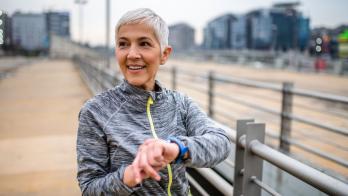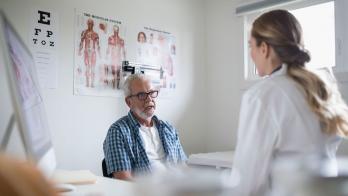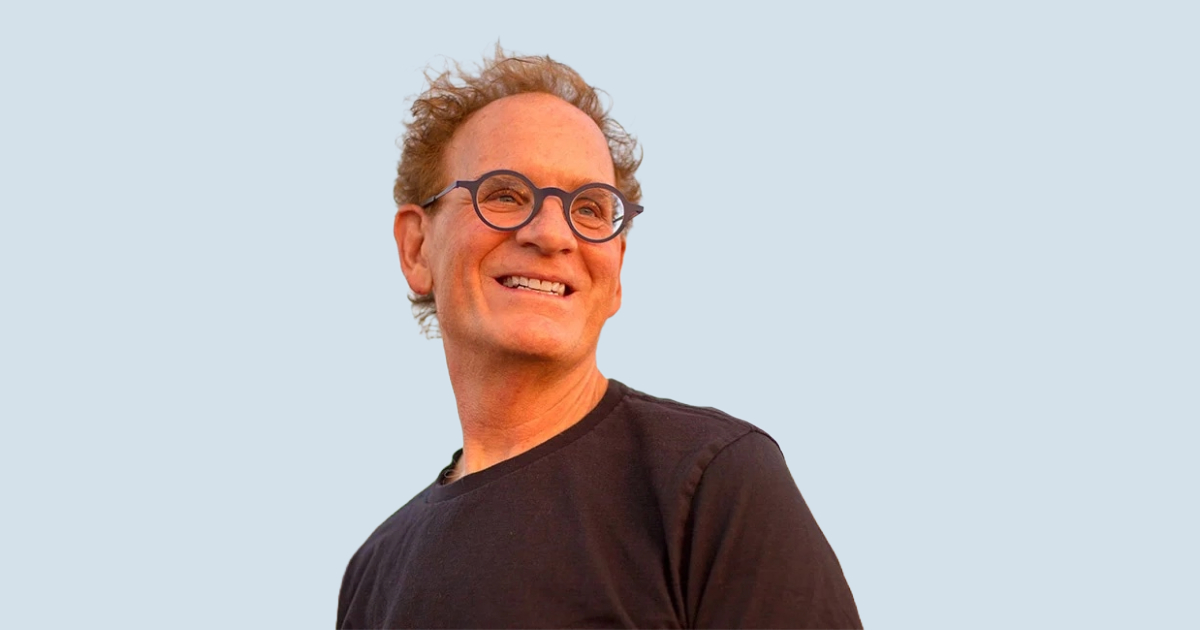
Photo courtesy of Zeitgeist Design & Production
Imagineering is the research and development arm of the Walt Disney Company, which is responsible for creating, designing and constructing Disney theme parks, merchandise development, Disney games and other attractions globally.
Joe Lanzisero, former Walt Disney imagineer and current VP of Zeitgeist Design & Production, sat down with MobiHealthNews to discuss the creation process of building immersive worlds and how those techniques can be used to design experiences to improve patient care.
MobiHealthNews: How does your experience as a Walt Disney imagineer influence how you would make an immersive experience for healthcare?
Joe Lanzisero: I have consulted for a few different people, two companies. You may be familiar with Reimagine Well. Another imagineer, longtime friend and colleague from Imagineering Roger Holzberg, has been involved with that for a long time, and has had me consult with them more on the physical design side, how we create environments and places, especially for younger children.
A big chunk of the work that I did at Disney was in designing children's spaces. I designed the original Toontown. I did children's spaces on cruise ships. So, I have an understanding of the kinds of environments and the kinds of activities in a theme park.
Then, of course, working with Roger, we had to understand, how does that translate – mostly about, you know, how horrible [the patient] experience can be for a small child. We created a journey even before they got their online experience – working with the doctors, working with the parents, then once they got into the hospital experience, seeing what we could do. A lot of it is about distractions. So that was one piece of my work in the sector.
MHN: Are you seeking to design immersive experiences for healthcare?
Lanzisero: Absolutely. It was interesting that during the pandemic, when theme parks were closed, most of them were closed, and a lot of people in our industry started turning to healthcare and other kinds of institutional things.
It's applying what I learned at Disney about just knowing the experiential journey that people go through and how they react to different kinds of experiences. And because I had a broad base of design challenges, like I said, from cruise ships to hotels to dark rides, with each of them, I had to think and, especially at Disney, you always had to think about all of your users, and that was from little kids to older people and everything in between.
MHN: There's a lot to think about when it comes to designing experiences for healthcare. Take psychiatric care, for example; you don't want to trigger a traumatic memory inadvertently. How would you explore creating experiences for various sectors of healthcare?
Lanzisero: I would do the same thing I always did on every project – you have to become an expert, and you become an expert by talking to experts. So, immediately, I would sit with the psychiatric doctors, understand what the triggers are, and understand what they're looking for in terms of what kind of experiences we're going to create.
MHN: There's a lot of talk in healthcare about AI and how, eventually, the technology may be able to design immersive experiences on the fly. As a designer, what do you think about AI having a hand in creating these experiences?
Lanzisero: I am not afraid of it. I think it's going to be another amazing tool. I think back to when computer-aided design started happening in CAD drawing. People said, "Okay, that's it, that's the end of designers." But no, I mean, you still need all the things that you and I are talking about. You first need that human engagement of people talking and understanding what you're solving for, and then you think about what tool you are going to use that's going to work best to get the results you need. And one of them may be AI. It may be talking with other people. It may be going to another consulting firm. So, I always try to think of it in broad terms.









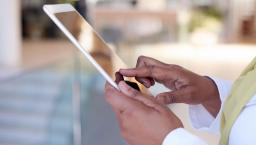
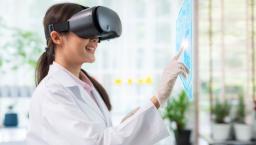
def4.jpg)







